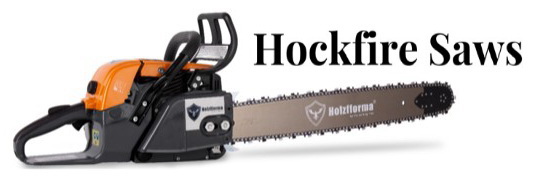andyshine77
Pinnacle OPE Member
- Local time
- 12:51 AM
- User ID
- 3830
- Joined
- Aug 17, 2017
- Messages
- 1,254
- Reaction score
- 5,633
- Location
- Cincinnati, OH
Generally, the higher revving motorcycle engines have more pistons, making it easier to even the load on the crank.
Re: bore/stroke for the same cc … it is a catch 22, the shorter the stroke the larger the bore and the heavier the piston … inertia is inertia and reversing it results in stress. The higher the RPMs, the higher the stress. Building with the right components is key … but increasing RPMs, all else being =, will shorten the engine life. In addition to reversing the direction of the piston there will be more side force (due to inertia) on the P + C and it will wear faster … there is no getting around it. (Until you invent the oil that increases viscosity under load).
Again I mostly disagree. This is old school thinking IMHO. Just because the stroke is shorter doesn't mean you need to increase displacement / bore size. Also we don't have any valve train to worry about, as we know can be a big limiting factor. So the extra rpm's gained in a woods ported saw is pretty much inconsequential in most engines if you ask me, and again we're not spinning 16,000 RPMs in the cut. These are tiny engines with a very low reciprocating mass, with the proper materials these saws really should be spinning even more rpm's than they do, but that would add cost, and I'm not sure if the chains could hold up lol.
This all really goes back to different philosophies of making power, some like stump pullers, others like all rpm's, I like a good balance.[emoji6]
Last edited:






